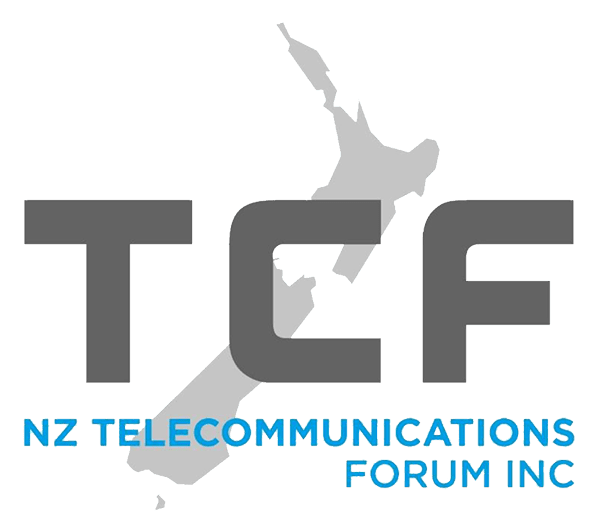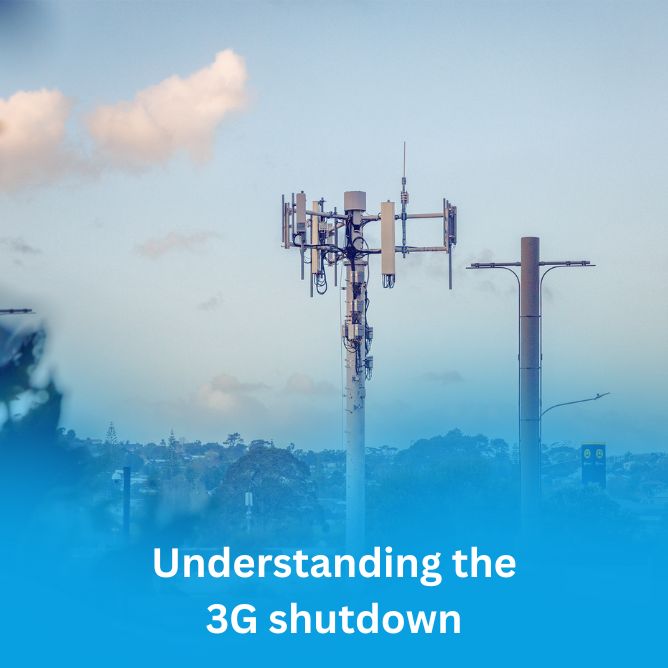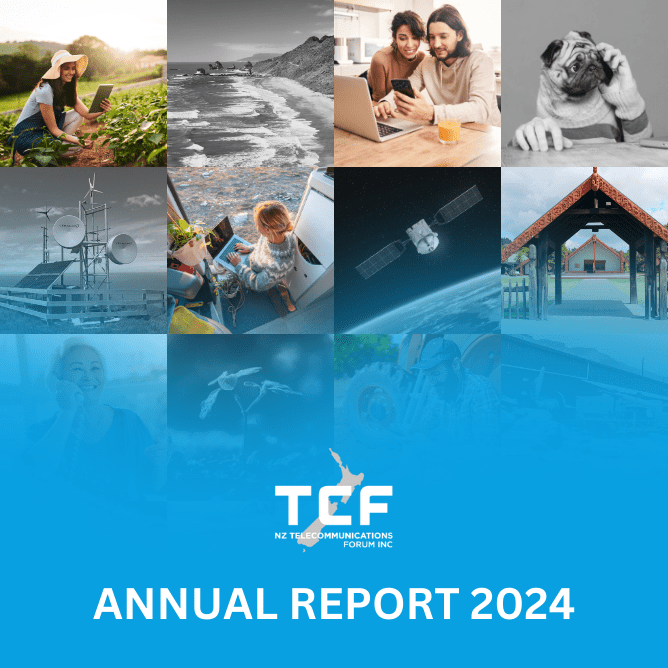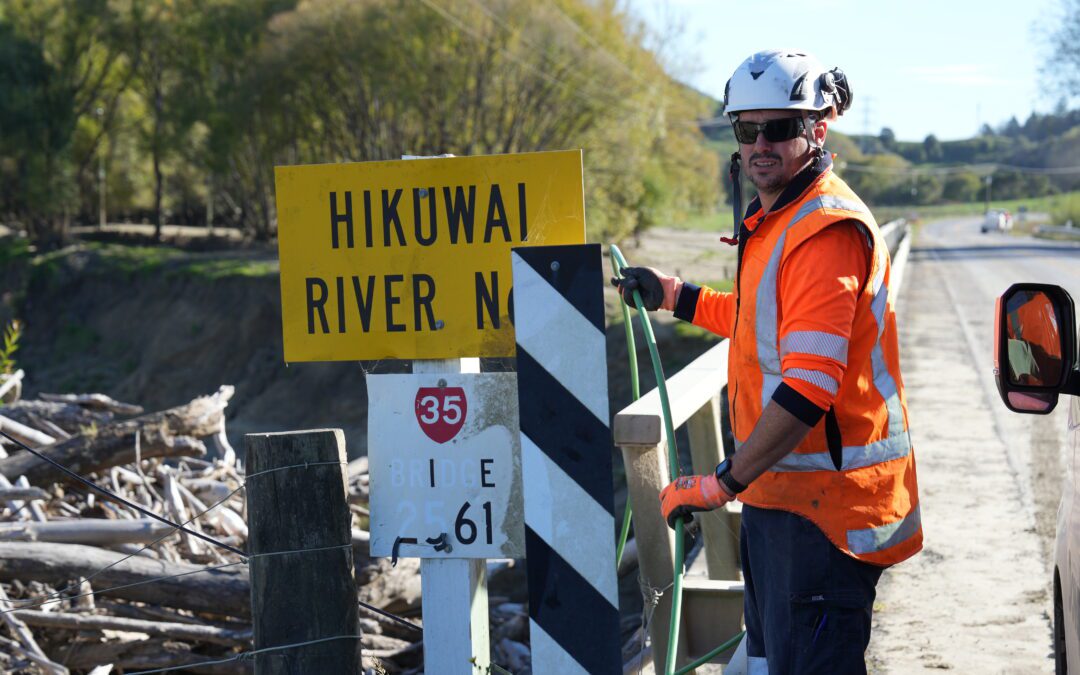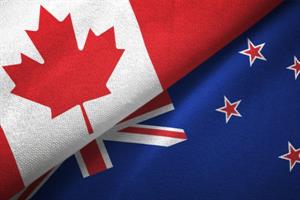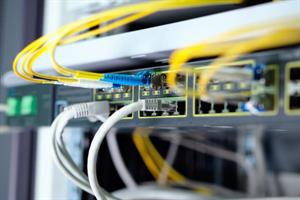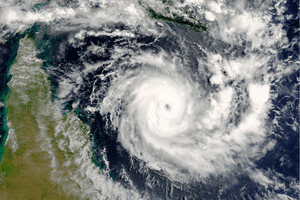If we had ever wondered what it would be like if almost everyone in the nation made a phone call at the same time, we found out on Monday, March 23, after Prime Minister Jacinda Ardern informed us that we would be required to stay home for the next four weeks.
Many calls didn’t get through straight away because our traditional voice networks were not designed for such intense activity.
On the other hand, our modern data networks certainly have been.
A decade of substantial investment in fixed and wireless networks, boosted by preparations for the Rugby World Cup, meant the industry was well placed to handle a massive surge in traffic. This became of critical importance when so much of modern life – entertainment, education, economic activity – became a virtual experience, delivered via video conferencing apps and livestreaming platforms.
As you might expect, there were challenges to overcome, not least of which was when a popular online game released an update on a Friday evening during peak time.
More broadly, covid-19 has also exposed some issues in our sector, three in particular are worth highlighting.
Digital divide
The growth in fast broadband networks has seen more and more services migrate online, creating a growing divide between those houses that are connected and those that are not.
The digital divide became an even more pressing issue for many New Zealanders when the school term resumed, and lessons had to be delivered remotely. The industry worked with the Ministry of Education to identify households with school-aged students that didn’t have a broadband service, and then began the significant task of getting as many connected as quickly as possible.
Home networks
Delivering connectivity to a household involves a number of networks to interconnect seamlessly, but often the network that falls down is the one inside the house. Is the modem fit for purpose? Is it located in the right place? When the move to Alert 4 was announced, we immediately began advising users, either directly or via the media who contacted us, about how to get the best from a home internet – by all means check out our advice here.
Fake news
Incredibly, in the middle of a crisis in which the telco sector was working overtime to deliver connectivity to New Zealanders, conspiracy theories about 5G causing covid-19 spread across social media.
The Prime Minister shot down a question about the connection during her daily press conference. Meanwhile mobile network operators were dealing with deliberate damage, and threats of damage, to their cell towers. We condemn all acts of vandalism, but it is even more concerning when it occurs during a national emergency. Our plea to all New Zealanders is: don’t buy into fake news, check the facts. A good place to start is the Office of the Chief Science Advisor, the website is here.
More data
During Alert 4 and Alert 3, telcos across the industry have taken steps to enable New Zealanders to stay online. There have been a range of measures, and they differ with every company, but one consistent policy has been the removal – where it doesn’t impact connectivity – of data caps. What this means is that, in general, customers are using more data, but they are not paying for the increase in usage.
Sustainability
While these measures are the right thing to do in a national emergency, some are unlikely to be sustainable as we resume ‘normal’ life. Telcos, like any business, need to ensure their business operations are sustainable. They will not only play a vital role in our economic recovery post-covid-19, as a country we need these companies to keep employing and keep investing.
Their networks have proven resilient during this current crisis – we have to ensure they are up to the task in the medium and long term.
